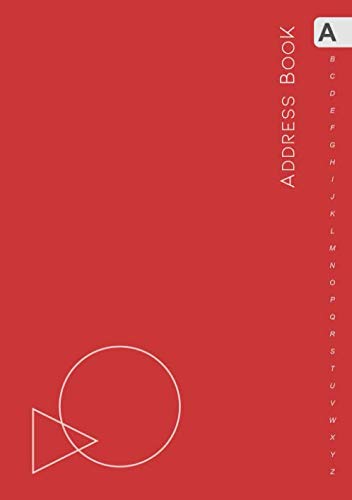

Design Revolution: Products That Empower People
| ||
FROM THE ARTBOOK BLOG EMILY PILLOTON | DATE 9/1/
Designer's Handshake
- - - - - - - - - - - - - - - DESIGN REVOLUTION by Emily PillotonI, _____________________________________ , as an individual engaged within a greater design community, promise to try, to the best of my ability, to commit and adhere to the following principles within my work and life as a designer:To go beyond doing no harm:I will engage only in design activities that improve life, both environmental and human. I will recognize that design that does not improve life is a form of apathy and that doing no harm is not enough. I will engage only in design processes that are respectful, generative, catalytic, and productive.To listen, learn, and understand:I recognize that every client, partner, or stranger is someone to learn from. I will listen before assuming. I will seek to understand the historical, geographical, social, cultural, and economic context and precedents before beginning the design process.To measure, share, and teach:I will measure results quantitatively and qualitatively. I will, as appropriate, make my best practices, successes, tools, and failures available to colleagues for communitybased learning.To empower, heal, and catalyze:I will use design as a tool to empower people, to make life better, to bring health and improve life, and to enable users to help themselves. I will seek out systemic solutions over quick fixes.To be optimistic but critical:I will employ perpetual optimism as a design and business strategy but will apply the same critical evaluation toward social and humanitarian design work that I would any other product. Just because its for the greater good doesnt make it good design.To think big and have no fear:I will take calculated risks and not be afraid to use design as a tool for change. I will explore new models for how design can have the greatest impact for the greatest number.To serve the underserved:I will look first to demographics underserved by design and propose viable solutions for such groups as the homeless, the sick, the ailing, the young and old, the handicapped, poor, and incapacitated.To not reinvent the wheel:When something works well, I will not assume I can or should start from scratch. I will use what it is available to me and look to local resources, skill sets, and materials.To not do what I dont know:I will acknowledge the limits of my expertise and will not hesitate to say no or to pass projects to another designer who may do a better job.To always put the user first:I will always place need over consumption and the human being over the market. I will consider human value, experience, and consequence above all else.To do good business with good people:I will be honorable in business and partnerships. I will build distribution into my design, and employ businesses that maximize social impact. I will align myself and work with individuals and groups who have the same values as I do.To own up and repair:I will take responsibility for any failures or mistakes I may make and take measures to repair and understand my errors.To be part of a greater whole:I will remember that I am a part of a system and a community of designers, users, clients, and global citizens. I will recognize that my individual decisions affect this greater group, and that I have a responsibility to contribute productively.Insert personal addenda here:signed: date: e-mail address: Please mail copy to: Project H Design PO Box San Rafael, CA | ||

-
-